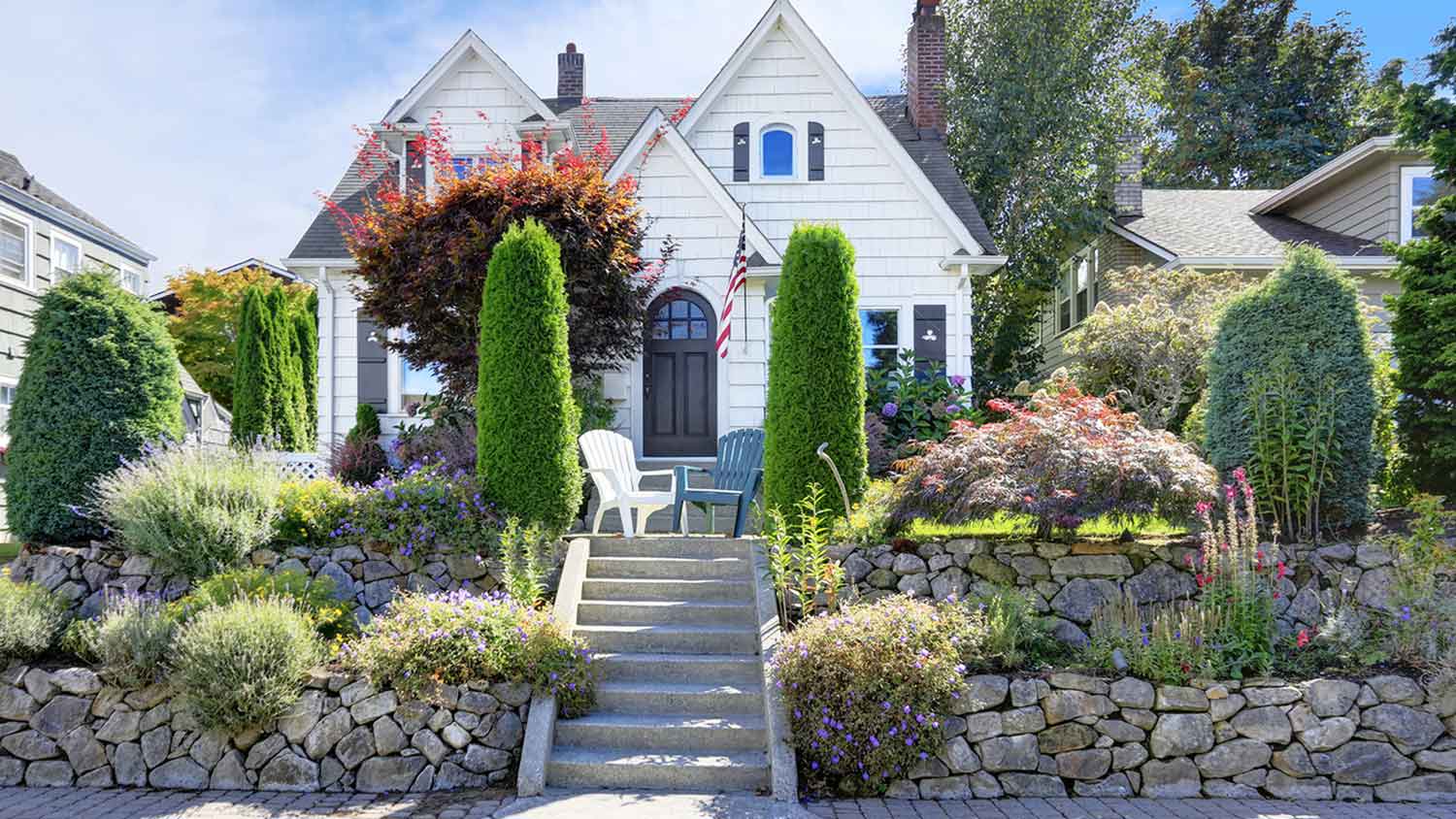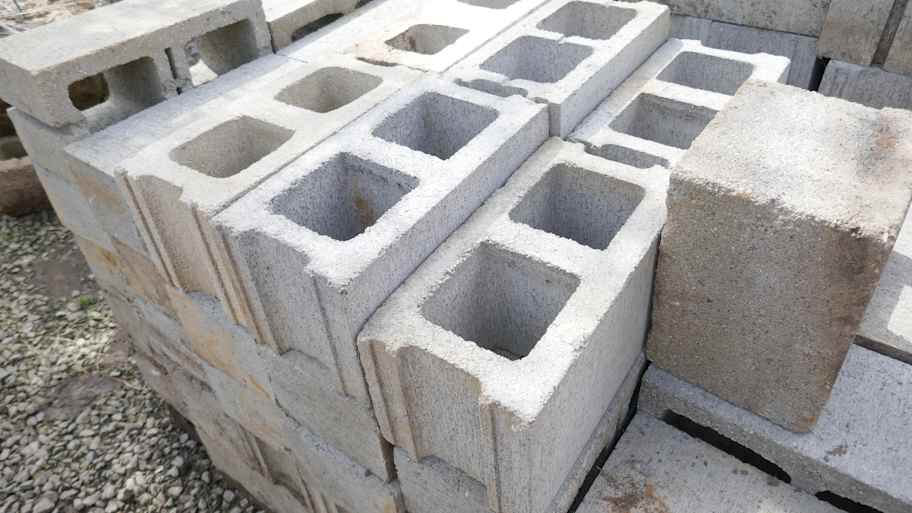
Retaining wall repair cost can vary widely based on the age and condition of the wall being restored. Learn why finding the right pro is important for getting the job done.
Because eyeballing it only works half the time


Cinder blocks are often used to build foundations, storm shelters, and walls.
To estimate the number of cinder blocks, you need to know the square footage.
A local pro can help you estimate the correct number of cinder blocks you’ll need.
How many cinder blocks do I need? Whether you’re tackling foundation repair, building a cinder block wall, assembling a storm shelter, or undergoing another cinder block project, you can estimate the amount of materials you need with this cinder block calculator.
Refer to the table below to estimate how many cinder blocks and bags of mortar you’ll need based on the square footage of your project. This is a good starting point, but it will ultimately depend on how large the cinder blocks are.
| Square Feet | Number of Cinder Blocks | Number of Bags of Mortar |
|---|---|---|
| 50 | 45 | 2 |
| 100 | 113 | 4 |
| 150 | 169 | 6 |
| 200 | 225 | 8 |
| 250 | 281 | 10 |

The first step to estimating how many cinder blocks you need for your project is to determine the area of the project in square feet. To do that, use the following formula:
Area = Length x Width
Next, calculate the square footage of the blocks you’re using by multiplying the length by the width of the blocks and then dividing by the number of square inches in a foot (144).
Block area (in square feet) = (Length x Width) / 144
A standard-size cinder block is 16 inches long and 8 inches high, which is 0.89 square feet.
Finally, divide the square footage of the total project by the square footage of the cinder block to get the number of cinder blocks you need to complete the project and ultimately estimate the cinder block wall cost.
Number of Cinder Blocks = Project Square Footage / Cinder Block Square Footage
When calculating how many cinder blocks you need, you're usually measuring a rectangular or square area, like for a wall, raised bed, or patio. In these cases, you find the total square footage of the space and divide it by the area of one block (in square feet) using a tape measure.
If you're using blocks for edging or borders, you’ll measure in linear feet instead. Some projects may have irregular shapes, but you can break those into smaller rectangles or triangles to simplify the math. Always add 5 to 10% extra to account for cuts or mistakes.
If you need help with your cinder block wall, foundation, or storm shelter, you can hire a local block wall professional who will be able to calculate how many cinder blocks you’ll need as well as the amount of mortar and then install the project. If you’re working on repairing your foundation, you can contact a foundation repair specialist near you to take a look and give you a quote.
From average costs to expert advice, get all the answers you need to get your job done.

Retaining wall repair cost can vary widely based on the age and condition of the wall being restored. Learn why finding the right pro is important for getting the job done.

Looking to elevate your backyard aesthetic with a patio? Use this paver patio cost guide to help you estimate your total project cost before you get started.

Gravel is an inexpensive paving material overall, but costs vary by type. Find out what average gravel prices will look like for your project.

Not sure how to find or hire a paver contractor? Learn everything you need to know, from questions to ask to qualifications, so you can transform your outdoor space with pavers.

Have you noticed your pavers sinking or would you like to forget about the stains on your driveway? Here are common paver problems and what to do about them.

Lay pavers on grass with this simple 10-step guide and elevate your outdoor space. Pavers are lasting, affordable, and easy to maintain.